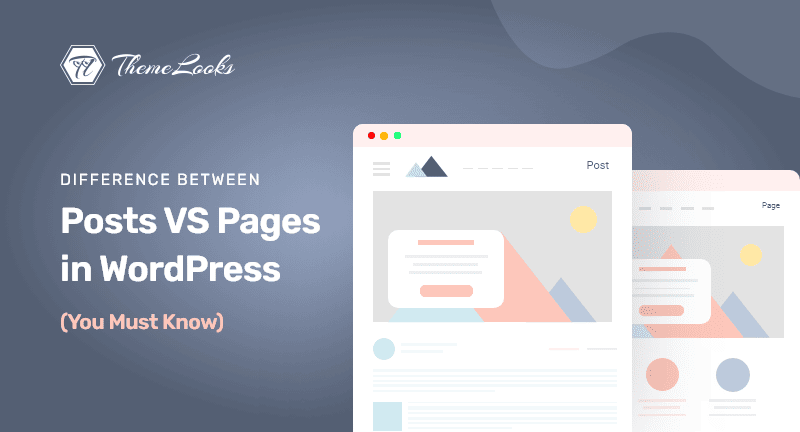
Would you like to know, what is the difference between posts and pages? If YES, then you’re in the right place.
Posts and pages are the two default content types in WordPress. However, they serve different purposes for your website despite looking similar in the WordPress dashboard.
The purpose of this article is to explain how WordPress posts differ from pages.
Table of Contents
Posts are the main source of blog content, articles, and other information displayed on your home page. The posts are sorted in reverse chronological order, with the most recent content appearing at the top.
The majority of the content on your website will most likely come from posts if you use WordPress for your blog.
Within your dashboard, you can manage your WordPress posts by clicking the ‘Posts‘ menu item. Here’s how the WordPress editor looks.
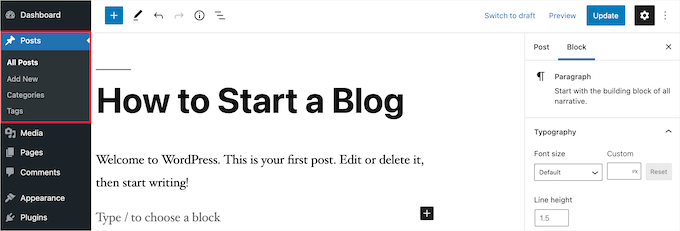
Considering that the newest posts appear at the top of the list, you should make your posts timely. You can also archive older posts by month and year.
Visitors will need to dig deeper to find your old posts as they age. If you choose to organize your posts through categories and tags, they will find them more easily.
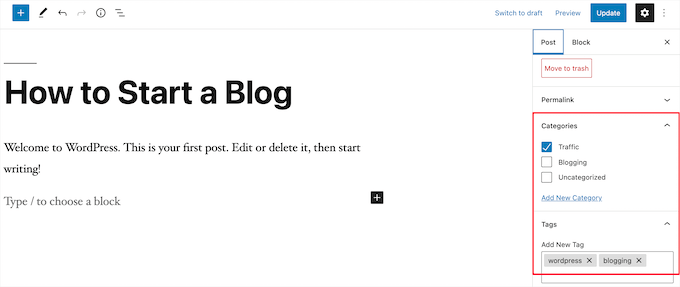
However, you can add a search form to your site if you have a lot of content so your visitors can easily find it.
To increase traffic to your blog, share your new posts with your readers easily. The features include creating an email newsletter, automating RSS feed emails, sending push notifications, and many more.
To learn more, see our guide for sharing your blog posts with readers.
Blog posts are also ideal for sharing on social media due to their timely nature. You may enable your users to share your content on major social networking sites by using social media extensions.
Blog posts also promote discussion. They offer an in-built comment system that allows users to leave comments on certain topics. Remarks, pingbacks, and trackbacks are preinstalled.

After the main content of the article, there is a comments section. Comments on WordPress pages are usually disabled by default.
If you wish, you can turn off comments on older posts via hovering over Settings > Discussion.
You can also see post metadata for WordPress posts. In both the individual blog posts and your blog page, this is the information underneath the post’s title.
Usually, it contains the date, author name, categories, tags, and more. The meta-information you include in your post can be customized completely.
Let’s take a look at how pages are different from posts now that you know what they are.
A page is a static piece of ‘one-off‘ content, such as your about page, privacy policy, or contact page. Although the WordPress database includes the publication date for each page, the pages themselves are timeless.
For instance, your about page should never expire. It is true that you can go back and update the page, but chances are this will not include pages about 2012, about 2013, and so on.
The Themelooks website has dozens of WordPress pages, including an about us page, a service page, an affiliate application page, and many more.
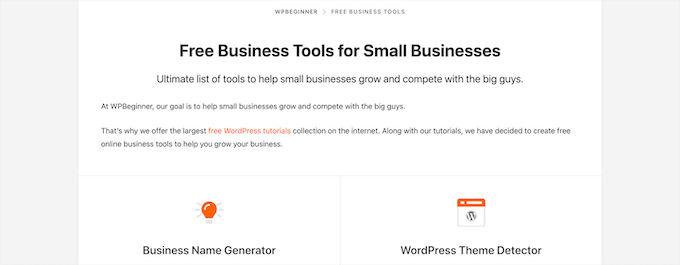
By selecting the ‘Pages‘ menu section in your WordPress admin panel, you can either add or update pages.
The page editor interface is shown below.
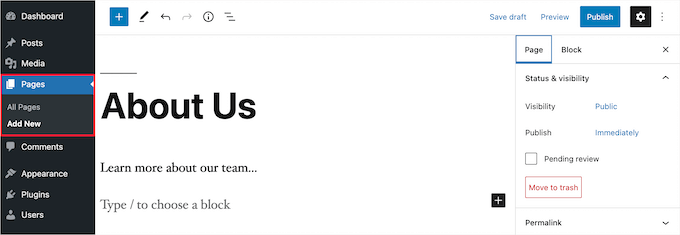
Social sharing buttons aren’t typically included on pages since they’re not meant to be social. Your privacy policy page is probably not something visitors want to share on Twitter.
It also does not allow comments. It’s a good idea not to allow users to post comments on your contact page or your terms of service page. If you want to allow comments, that option is available. WordPress pages, by default, do not allow comments.
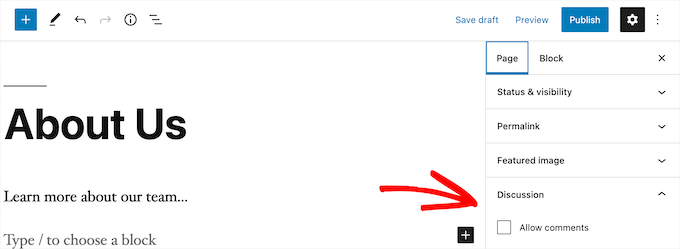
The nature of pages is hierarchical, unlike posts. Within a page, for example, you can have subpages or child pages.
When modifying a page, you can simply convert it to a subpage by selecting a parent page from the ‘Page Attributes’ section.
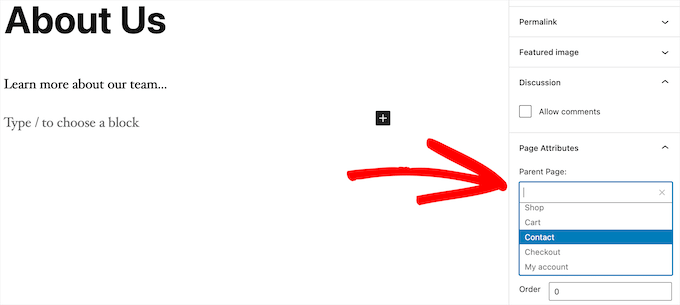
You may also use a drag-and-drop WordPress page builder plugin to create totally unique WordPress pages.
This allows you to utilize various page layouts over the WordPress default. If you ever wish to unpublish a WordPress page, then see this guide on how you can unpublish a WordPress page.
To conclude, these are the primary distinctions between posts vs. pages in WordPress.
There may be exceptions to the differences noted above. WordPress plugins may be used to expand the capabilities of both content kinds.
Despite having these distinctions, there are a few commonalities between WordPress pages and posts.
For starters, they are both used to publish content. Text, photos, videos, forms, and other elements may be added to both posts and pages. Featured photos are supported in both pages and posts.
You can create a WordPress website without ever utilizing posts or the WordPress blogging tools. You may also create a small company website with pages and a blog area for news, announcements, and other content.
Up to this point, we hope the post helped you learn what a WordPress child theme is with every pros and con. You may want to see our guide on how you can clear cache files in WordPress. You may also like to see our guide on how you can add special characters in WordPress.
If you like this post, be with ThemeLooks and subscribe to our WordPress video tutorials on YouTube. We may also be found on Twitter, LinkedIn, and Facebook.